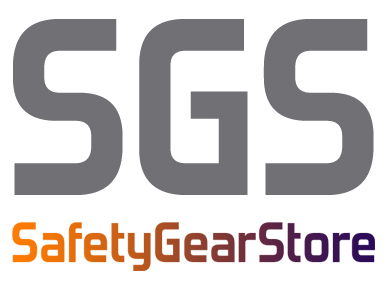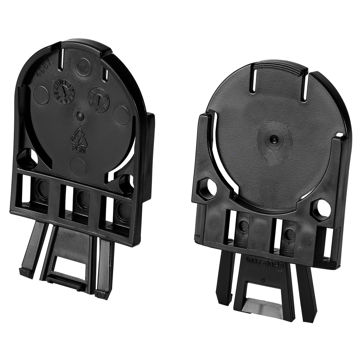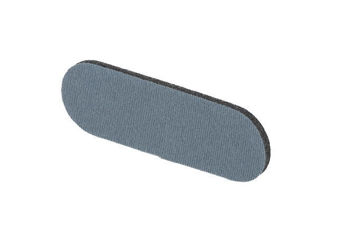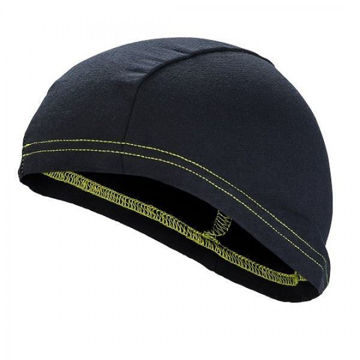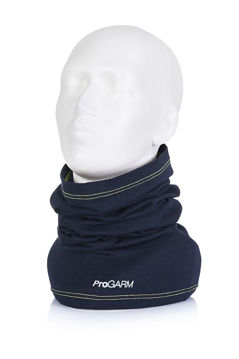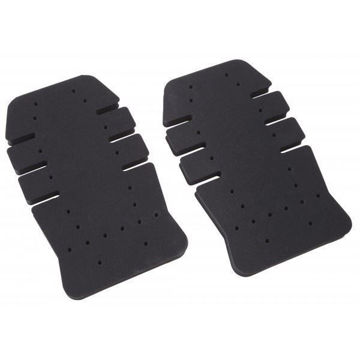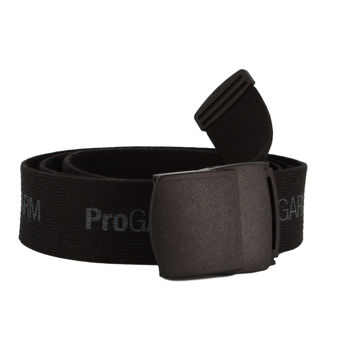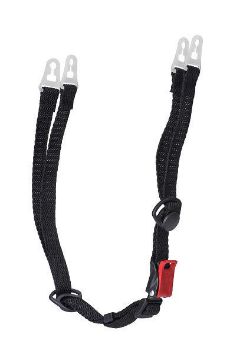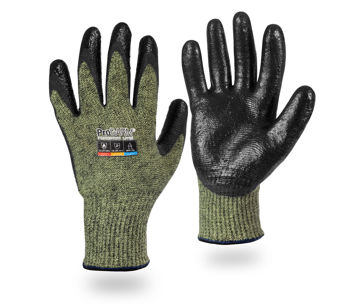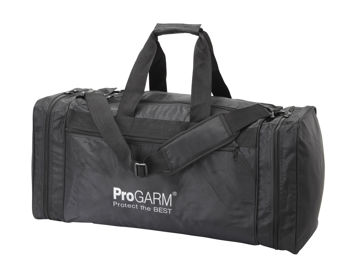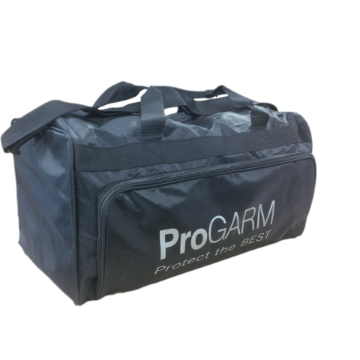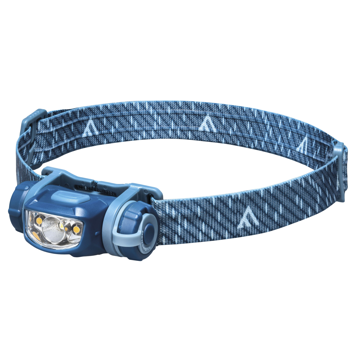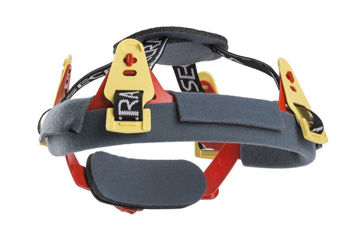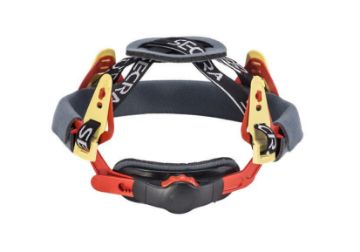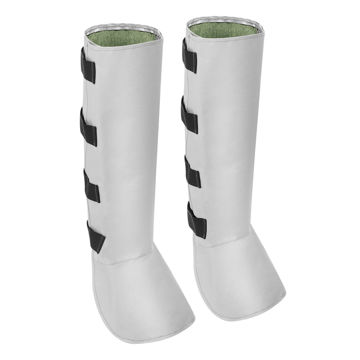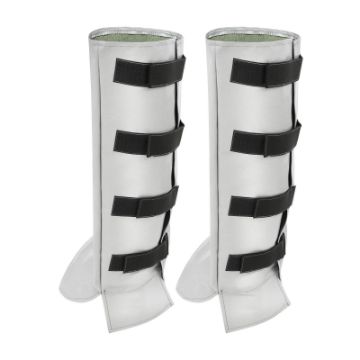Don't have an account?
- 0
- Shopping cart 0
Call Free for Sales & Technical Support
0800 678 5708
ARC FLASH
An explosive release of energy caused by an electrical arc. An Arc Flash results from either a phase to ground or a phase to phase fault caused by such occurrences as accidental contact with electrical systems, build up of conductive dust, corrosion, dropped tools, and improper work procedures. During an Arc Flash, the temperature can reach 35,000° Fahrenheit, and exposure to an Arc Flash can result in serious burn injury and death. Every year, more than 2,000 people are admitted to burn centers with severe Arc Flash burns.
ARC RATING
A value of the energy necessary to pass through any given fabric to cause with 50% probability a second or third degree burn. This value is measured in calories/cm². The necessary Arc Rating for an article of clothing is determined by a Arc/Risk Assessment and the resulting Arc value. Usually measured in terms of ATPV or EBT.
ARC (ARC RISK CATEGORY)
The five Arc Risk Categories are specified by the chart listed in NFPA 70E. The chart, based on specific job tasks, ranges from HRC 1 (which is low risk and allows for 100% treated cotton), up to HRC 4 (which is high risk and requires FR clothing with a minimum arc rating of 40). The HRC is used to determine the necessary arc rating of a garment worn during a given job task.
CALORIE
The energy required to raise one gram of water one degree Celsius at one atmosphere pressure. Second-degree burns occur at 1.2 calories per centimeter squared per second (cal/cm²).
FLASH HAZARD
A dangerous condition caused by the release of energy from an electric Arc.
FLASH HAZARD ANALYSIS
A study investigating the potential exposure to Arc Flash energy that a worker faces while performing a specific job task. The data collected in a Flash Hazard Analysis is used for the purpose of injury prevention and the determination of safe work practices and the appropriated levels of FR clothing and PPE.
FLASH PROTECTION BOUNDARY
The distance from an exposed live part within which a person could receive a second-degree burn if an electrical Arc were to occur.
FR (FLAME RESISTANT)
FR refers to the ability of a material to self-extinguish upon the removal of an ignition source.
NFPA® 70E
A work standard published by the National Fire Protection Association (NFPA) that covers aspects of electrical safety in the workplace. It includes the recommendation that those who work with, on or around energized equipment use adequate protection, including FR clothing.
Worldwide Shipping
Place a purchase order, call or email to get an international shipping quote
Secure Online Purchasing
SECURED BY SECTIGO (We do not accept AMEX)
Technical Support
Call or email to speak to a member of the technical team
